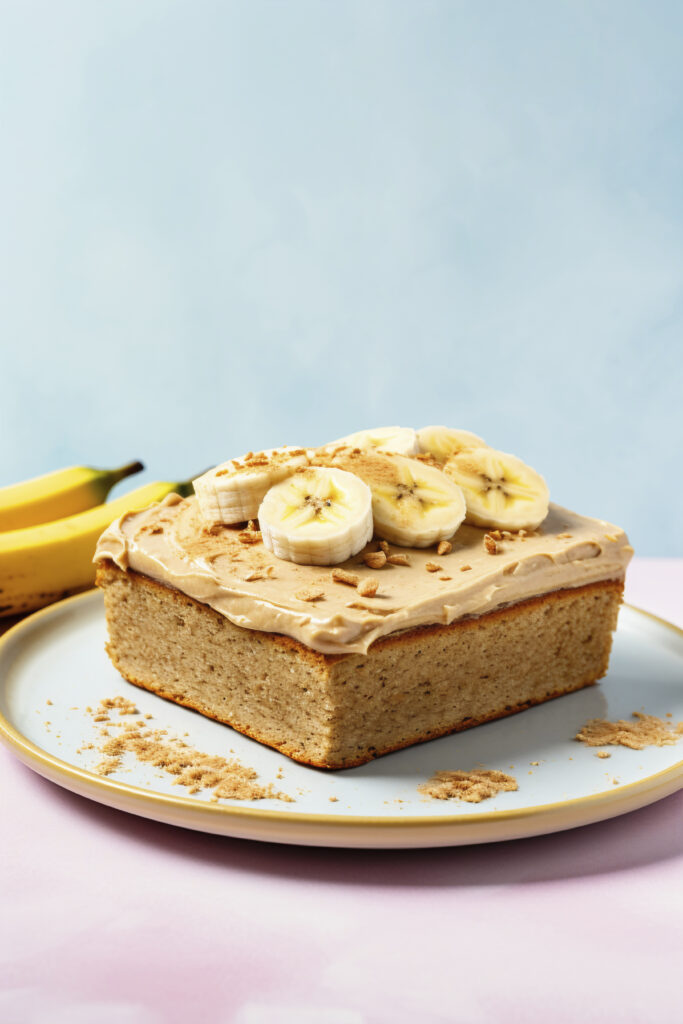Choose the Right Bananas for the Best Flavor
When it comes to making the perfect banana bread, choosing the right bananas is key. The type and ripeness of the bananas you use will affect the flavor and texture of your bread. Overripe bananas with brown spots or a completely brown skin are best. These bananas are sweeter and softer, making them easier to mash and blend into your batter.
Using bananas that are just ripe or still green won’t give you the rich sweet flavor that overripe bananas do. The starches in green bananas haven’t converted to sugar yet so the bread will be less flavorful. If you find yourself with bananas that aren’t ripe enough you can speed up the process by putting them in a paper bag for a day or two. Or you can bake them in the oven at 300°F (150°C) for 10-15 minutes to soften them and bring out their natural sweetness.
If you want to experiment, try mixing different banana varieties. Red bananas or apple bananas can add a fun twist to the flavor. But always make sure the bananas are ripe enough to be sweet and soft.
And always measure the bananas correctly. A typical banana bread recipe needs 1 to 1.5 cups of mashed bananas which is about 3-4 medium bananas. Accurate measurements will keep the bread moist and not too dry or too dense.

Measuring Matters
Measuring ingredients is one of the most important parts of getting a perfect banana bread recipe. Baking is a science and even small variations in measurements can change the texture, flavor or rise of your banana bread.
Dry Ingredients
When measuring dry ingredients like flour, sugar or baking soda use a spoon to scoop the ingredient into your measuring cup then level it off with a knife. Scooping directly from the container can pack the ingredient too tight and you’ll end up with more than the recipe calls for. For flour this can mean a denser bread instead of a light and fluffy one.
Wet Ingredients
For liquid ingredients use a liquid measuring cup with clear measurement lines. Place the cup on a flat surface and check the measurement at eye level to ensure accuracy. This works well for ingredients like milk, oil or melted butter.
Bananas and Add-ins
Mashed bananas should also be measured for consistency. Too much banana can make the bread too moist and heavy, too little can make it dry. If you’re adding mix-ins like chocolate chips, nuts or dried fruit stick to the amounts in the recipe. Overloading these can overpower the banana flavor and affect the bread’s texture.
Use a Scale
For best results use a digital kitchen scale. Many modern recipes now provide ingredient quantities in grams or ounces. Weighing your ingredients eliminates any guesswork and ensures consistency every time you bake.
Taking the extra minute to measure correctly is worth it. Proper measuring ensures the ingredients work together and you get a perfect and delicious banana bread.

Don’t Overmix Your Batter
How you mix your banana bread batter is key to the texture. Overmixing is one of the most common mistakes that will give you dense and chewy bread instead of the light and fluffy loaf you want.
Mix Dry and Wet Ingredients Separately
First, always mix your dry ingredients (flour, baking soda, salt) in one bowl and your wet ingredients (mashed bananas, eggs, oil) in another. This way the baking soda or baking powder is evenly distributed in the flour and no pockets of leavening agents will be formed that can affect the rise of the bread.
Fold the Batter
When it’s time to combine the wet and dry ingredients, use a spatula to fold the mixture together. Don’t stir vigorously or use a mixer at high speed as this will overwork the gluten in the flour and give you a dense and tough texture. Fold until you don’t see any streaks of flour in the batter. It’s okay if the batter looks a little lumpy – this is a good sign you haven’t overmixed.
Add Mix-ins last
If you’re adding extras like chocolate chips, nuts or dried fruit, fold them in after the wet and dry ingredients are combined. This will minimize the risk of overmixing and will distribute the add-ins evenly in the batter.
Don’t Over-Mash Bananas
While bananas should be ripe, don’t turn them into a liquid puree. Slightly chunky mashed bananas will add texture and prevent the batter from becoming too thin which can affect how the bread bakes.
By being gentle and intentional with your mixing, you can have tender, flavorful and perfectly risen banana bread every time. Remember, less is more when it comes to mixing – let the oven do the rest of the work!

Texture Tips
Baking is just as important as prep when it comes to the perfect banana bread recipe. Pay attention to temperature, timing and technique and your bread will be moist, flavorful and evenly cooked.
Preheat
Always preheat before you put the batter in. A preheated oven means the bread starts baking at the right temperature and will rise evenly. For banana bread the ideal temperature is 350°F (175°C). A higher temperature will cook the outside too fast and the inside not enough.
Use the Right Pan
Use the right loaf pan size for your recipe. Most banana bread recipes are for a standard 9×5-inch pan. A smaller pan will overflow and a larger pan will bake unevenly. Use a nonstick or lightly greased pan and line with parchment paper for easy removal.
Check for Doneness
Banana bread can look done on the outside but still be raw on the inside. To check for doneness insert a toothpick or cake tester into the thickest part of the loaf. If it comes out clean or with a few moist crumbs your bread is done. If batter sticks to the tester bake for an additional 5-10 minutes and check again.
Don’t Overbake
Overbaking will dry out your banana bread and make it less appetizing. Set the timer for the minimum suggested bake time, usually 50-60 minutes and check closely after that. Dark or glass pans will bake faster so keep that in mind when choosing your bakeware.
Cool the Bread
After you remove the bread from the oven let it cool in the pan for 10-15 minutes. Then transfer it to a wire rack to cool completely. Cutting the bread while it’s still warm will cause it to crumble so be patient for best results.
Enjoy! 😊

How to Store Banana Bread to Keep It Fresh Longer
Storing banana bread properly is key to keeping it tasting and textured. Whether you’re saving it for breakfast, snack or dessert, following these steps will keep it moist for days.
Cool Before Storing
Before storing banana bread, let it cool completely on a wire rack. Storing warm bread can trap moisture and lead to a soggy texture and mold. Be patient and you’ll get a longer lasting loaf.
Wrapping for Short Term Storage
For banana bread you’ll be eating within a few days, wrap it tightly in plastic wrap or aluminum foil. This will keep the moisture in and prevent it from drying out. Alternatively you can store it in an airtight container at room temperature. Don’t refrigerate banana bread for short term storage as it will dry it out and change the texture.
Freezing for Long Term Storage
If you want to keep your banana bread for more than a few days, freezing is the way to go. Slice the loaf into individual portions and wrap each slice in plastic wrap, then place the wrapped slices in a resealable freezer bag. Label the bag with the date. Frozen banana bread will last up to 3 months.
When you’re ready to eat, thaw at room temperature or microwave for a few seconds for a warm, fresh from the oven experience.
Reviving Stale Banana Bread
If your banana bread starts to feel a bit stale, you can revive it by warming it in the oven. Wrap the bread in aluminum foil and heat at 300°F (150°C) for 10-15 minutes. This will restore the texture and flavor.
By storing it properly you’ll get to enjoy your banana bread for as long as possible and not a single slice will go to waste.





